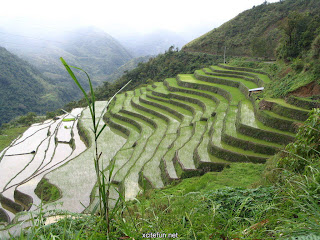The Grand Palace is a complex of buildings at the heart of
Bangkok, Thailand. The palace has been the official residence of the Kings of
Siam (and later Thailand) since 1782. The king, his court and his royal
government were based on the grounds of the palace until 1925. The present
monarch, King Bhumibol Adulyadej (Rama IX), currently resides at Chitralada
Palace, but the Grand Palace is still used for official events. Several royal
ceremonies and state functions are held within the walls of the palace every
year.
Construction of the
palace began on 6 May 1782, at the order of King Buddha Yodfa Chulaloke (Rama
I), the founder of the Chakri Dynasty, when he moved the capital city from
Thonburi to Bangkok. Throughout successive reigns, many new buildings and
structures were added, especially during the reign of King Chulalongkorn (Rama
V). By 1925 the king, the Royal Family and the government were no longer
permanently settled at the palace, and had moved to other residences. After the
abolition of absolute monarchy in 1932 all government agencies completely moved
out of the palace. Built in 1782 - and for 150 years the home of the Thai King,
the Royal court and the administrative seat of government - the Grand Palace of
Bangkok is a grand old dame indeed, that continues to have visitors in awe with
its beautiful architecture and intricate detail, all of which is a proud salute
to the creativity and craftsmanship of Thai people. Within its walls were also
the Thai war ministry, state departments, and even the mint. Today, the complex
remains the spiritual heart of the Thai Kingdom. In shape, the palace complex
is roughly rectangular and has a combined area of 218,400 square metres
(2,351,000 sq ft), surrounded by four walls. It is situated on the banks of the
Chao Phraya River at the heart of the Rattanakosin Island, today in the Phra
Nakhon District. The Grand Palace is bordered by Sanam Luang and Na Phra Lan
Road to the north, Maharaj Road to the west, Sanamchai Road to the east and
Thai Wang Road to the south.
Images:














.JPG)


























